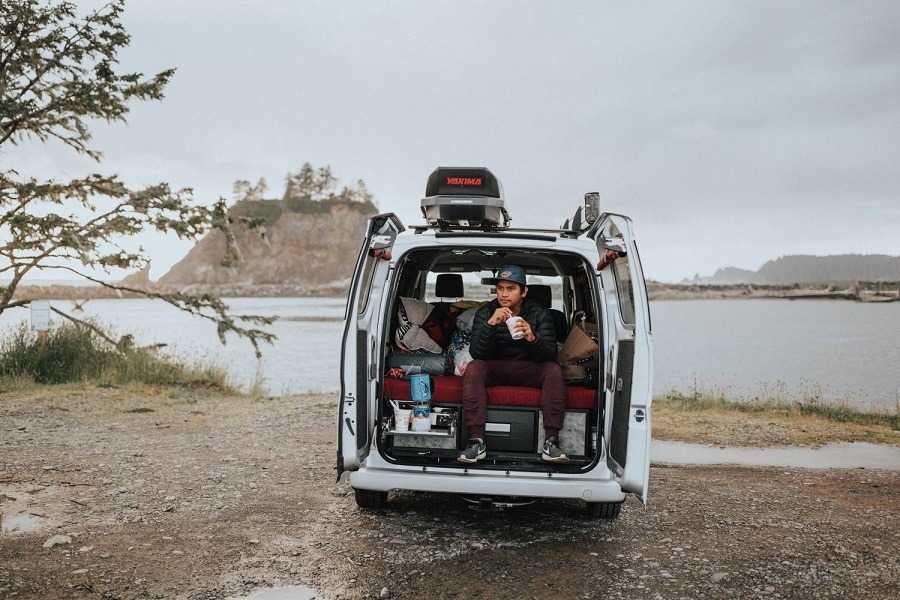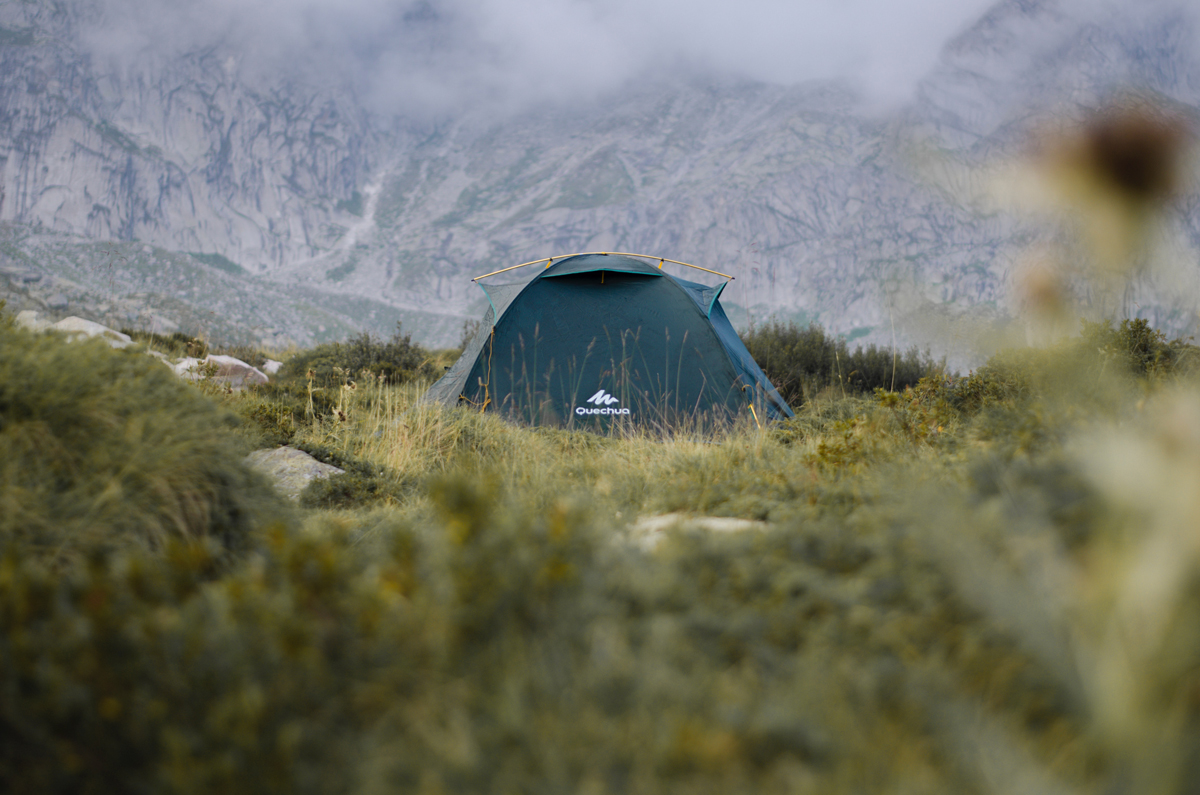Phone
+1-650-666-095
Contact E-mail
[email protected]
Address
16192 Coastal Hwy, Lewes, DE 19958-3608
Ultimate Guide To Camping Without Sleeping Bag
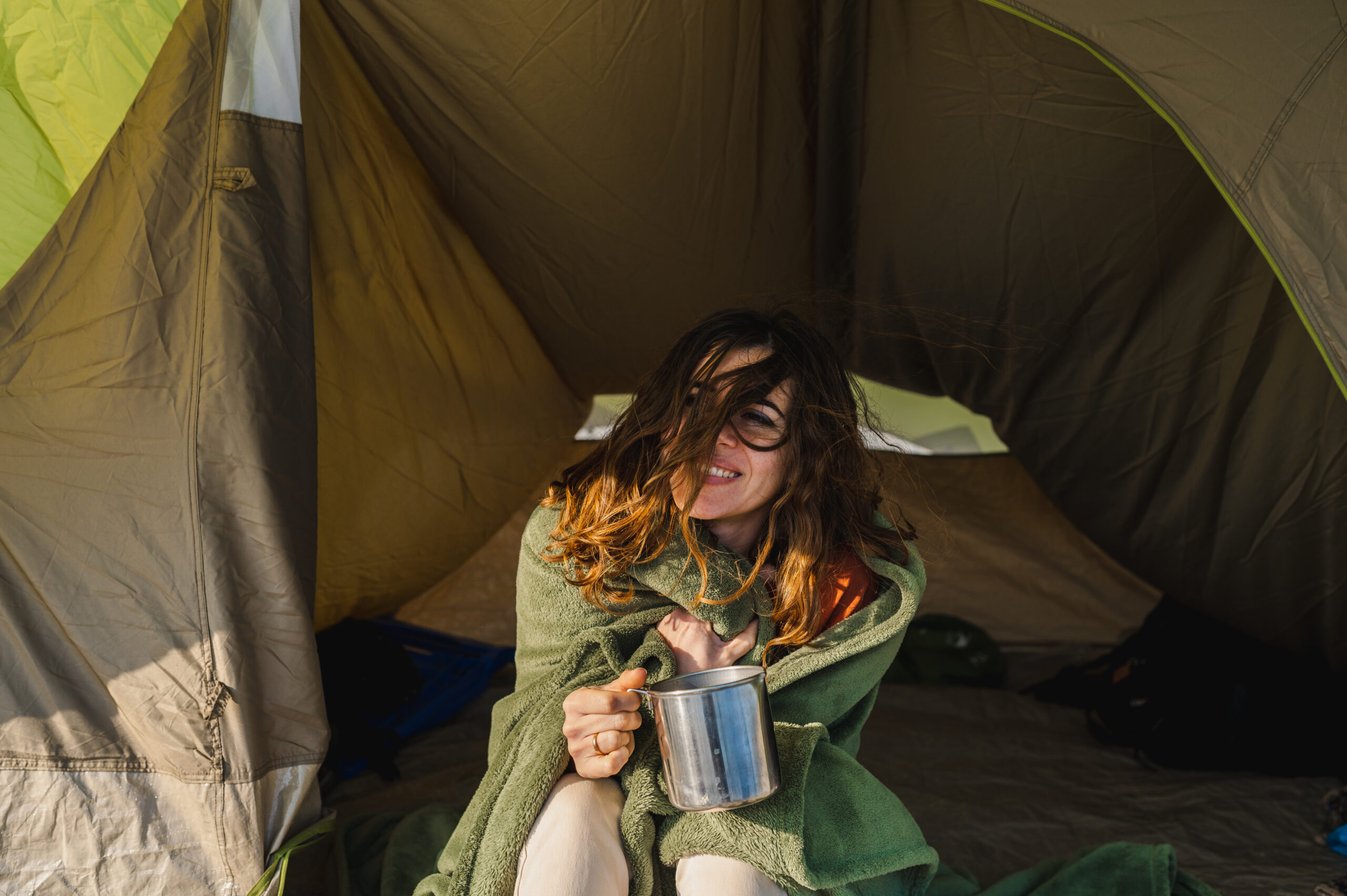

Embarking on a camping adventure without a sleeping bag can be a unique and liberating experience, allowing you to connect more intimately with nature and simplify your gear setup. While a sleeping bag is an everyday staple for outdoor sleeping, alternative options are available for those seeking a different approach. Camping without a sleeping bag requires careful consideration of other gear and strategies to ensure comfort, warmth, and a restful night’s sleep.
By exploring alternative bedding solutions and adapting to the natural surroundings, you can embark on a minimalist camping experience that allows you to immerse yourself in the outdoor environment truly. This is why we prepared a camping without a sleeping bag guide for you.
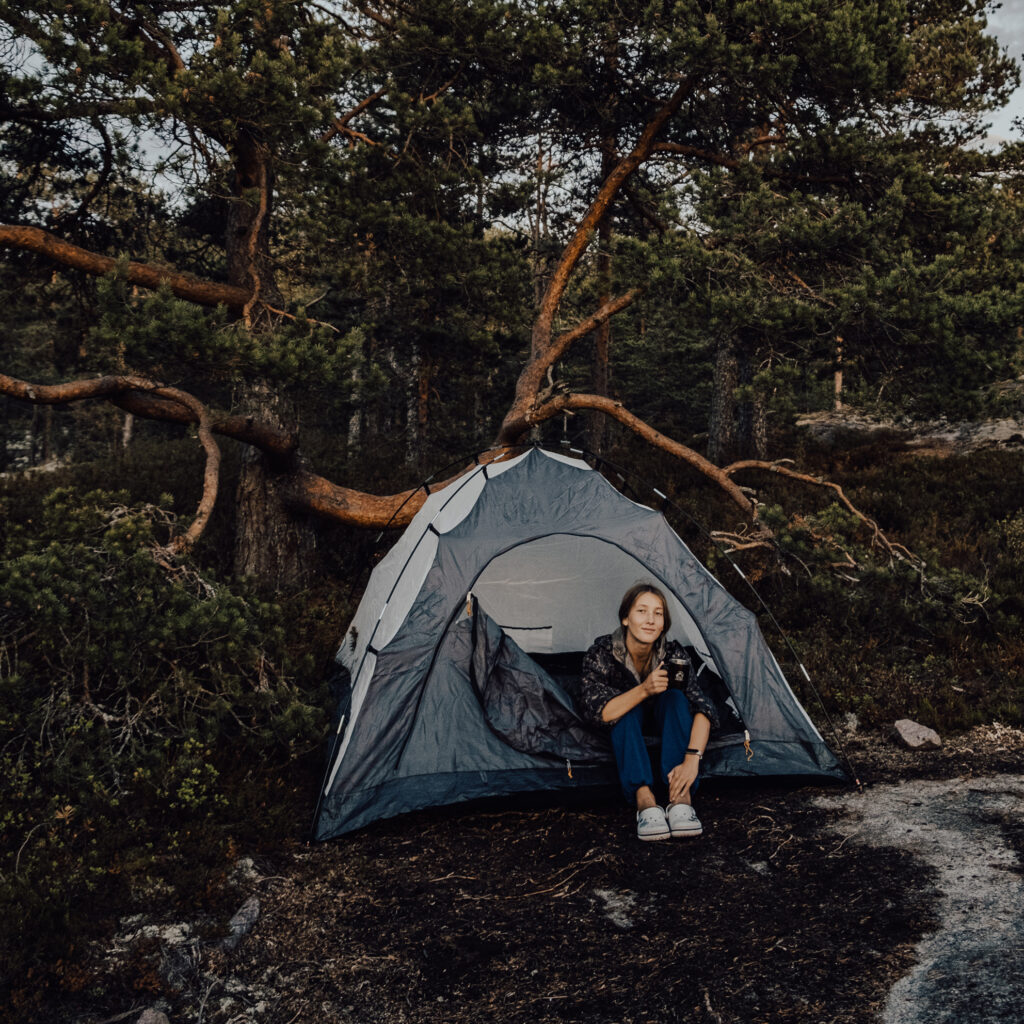

Is Camping Without Sleeping Bag Possible?
Yes, camping without a sleeping bag can be done. Needless to say, it is still expected that you have some sort of protection against the ground for your body, regardless of temperature, season, and camping location. Read along to learn why others go camping without a sleeping bag and see if this setup aligns with your preferences.
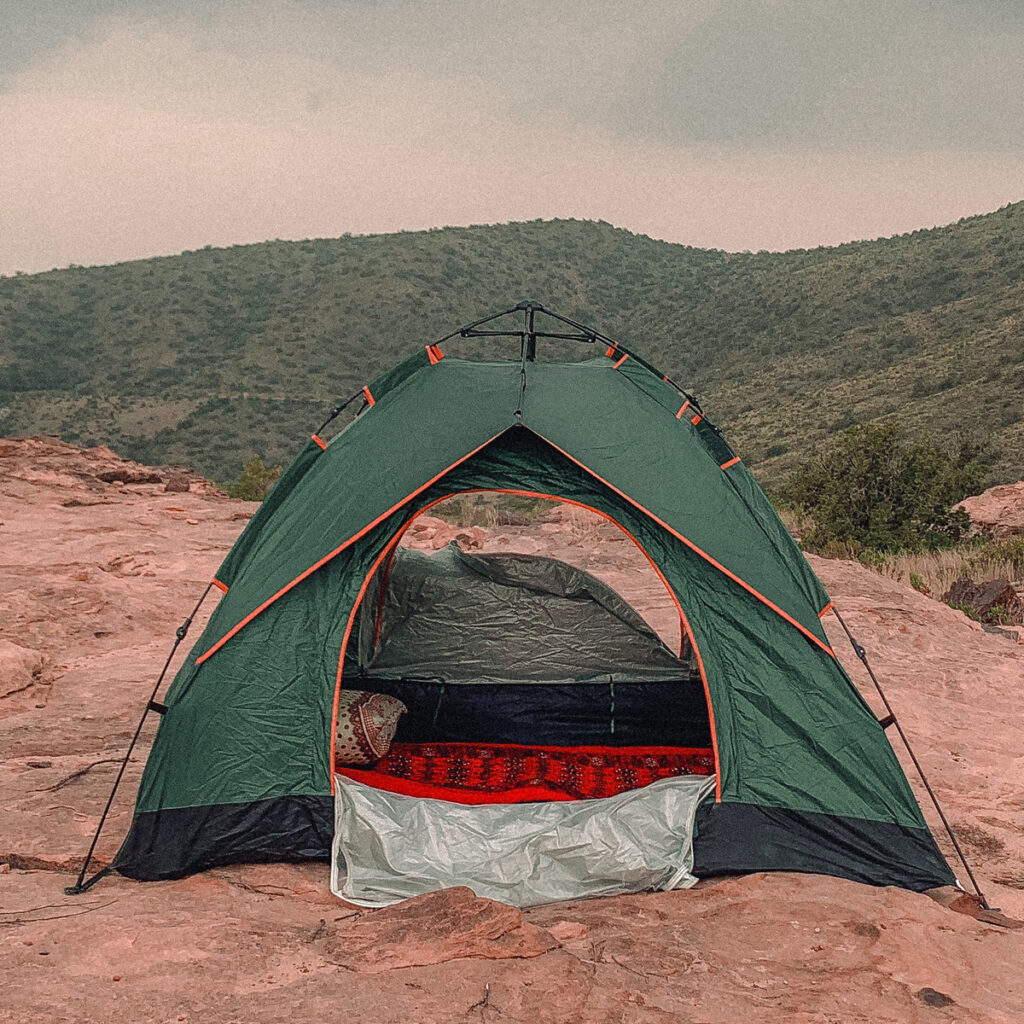

It’s a Minimalist Alternative
Camping without a sleeping bag can offer a unique and minimalist outdoor experience. Instead of relying on the traditional sleeping bag, campers explore alternative methods to stay comfortable and sleep well in nature. This approach requires careful consideration of weather conditions, insulation techniques, and personal comfort preferences. Whether opting for lightweight sleep systems, improvised bedding, or relying on natural shelter, camping without a sleeping bag allows for a more customizable and adaptable camping experience.
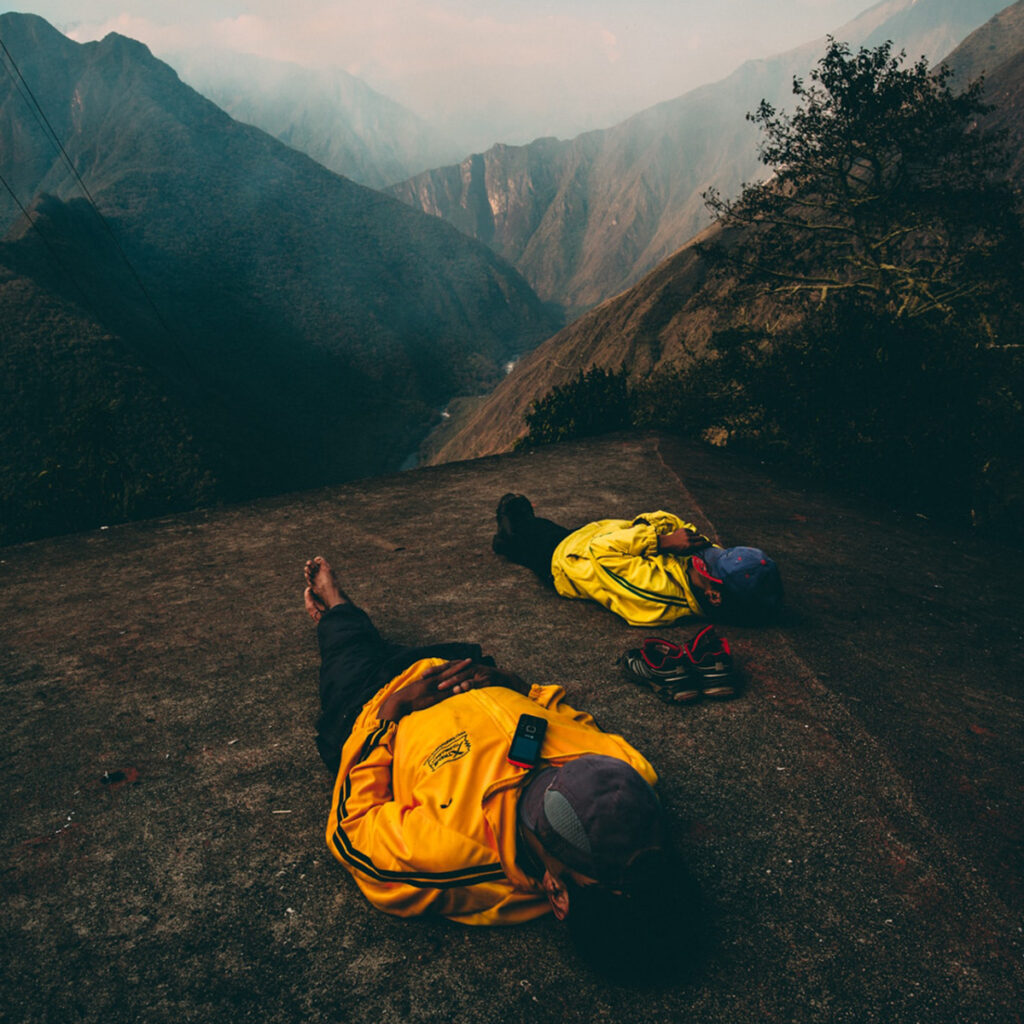

It Brings out Creativity
It invites creativity and resourcefulness. By understanding the available options and tailoring them to individual needs, campers can enjoy the freedom and simplicity of sleeping bag-free camping while ensuring a restful night under the stars.
It Adds to the Adventure
This way of camping can be an adventurous and unconventional approach to outdoor sleeping. While sleeping bags are commonly used for insulation and warmth, some campers prefer alternative options to suit their preferences or specific camping conditions. By exploring alternative sleeping arrangements and equipment, campers can enjoy a unique camping experience while still ensuring comfort and protection from the elements.
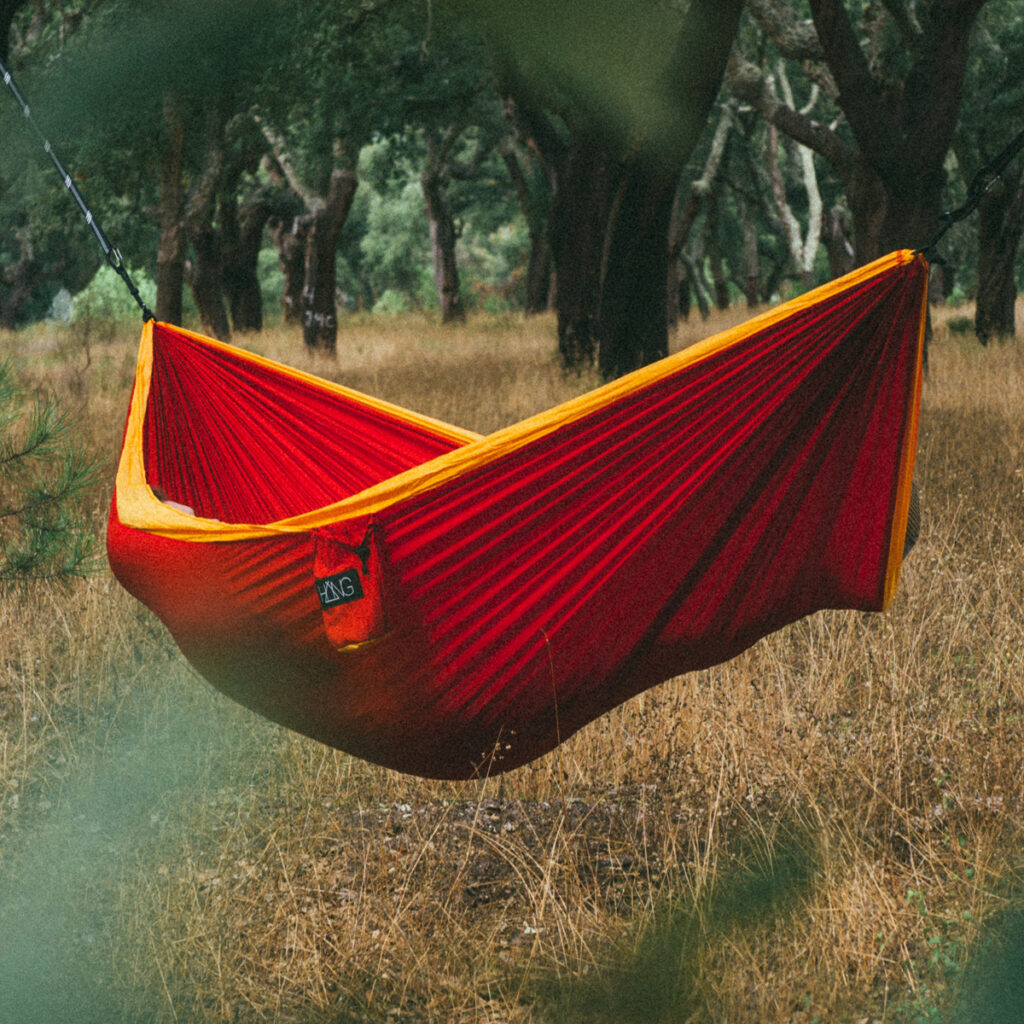

How To Camp Without A Sleeping Bag?
Camping without a sleeping bag can be accomplished using various alternatives. Here are some options to consider:
1. Blankets
Use regular blankets to provide insulation and warmth. Layering multiple blankets can increase insulation, and you can adjust the number of blankets depending on the temperature.
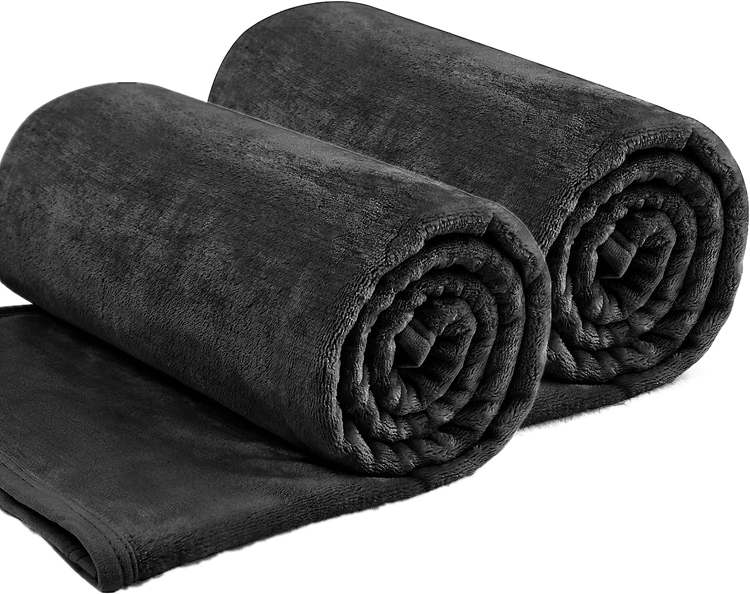

2. Sleeping Quilts
Sleeping quilts are similar to sleeping bags but without back insulation. They can be tucked underneath you like a blanket or attached to a sleeping pad to provide insulation while allowing more freedom of movement.
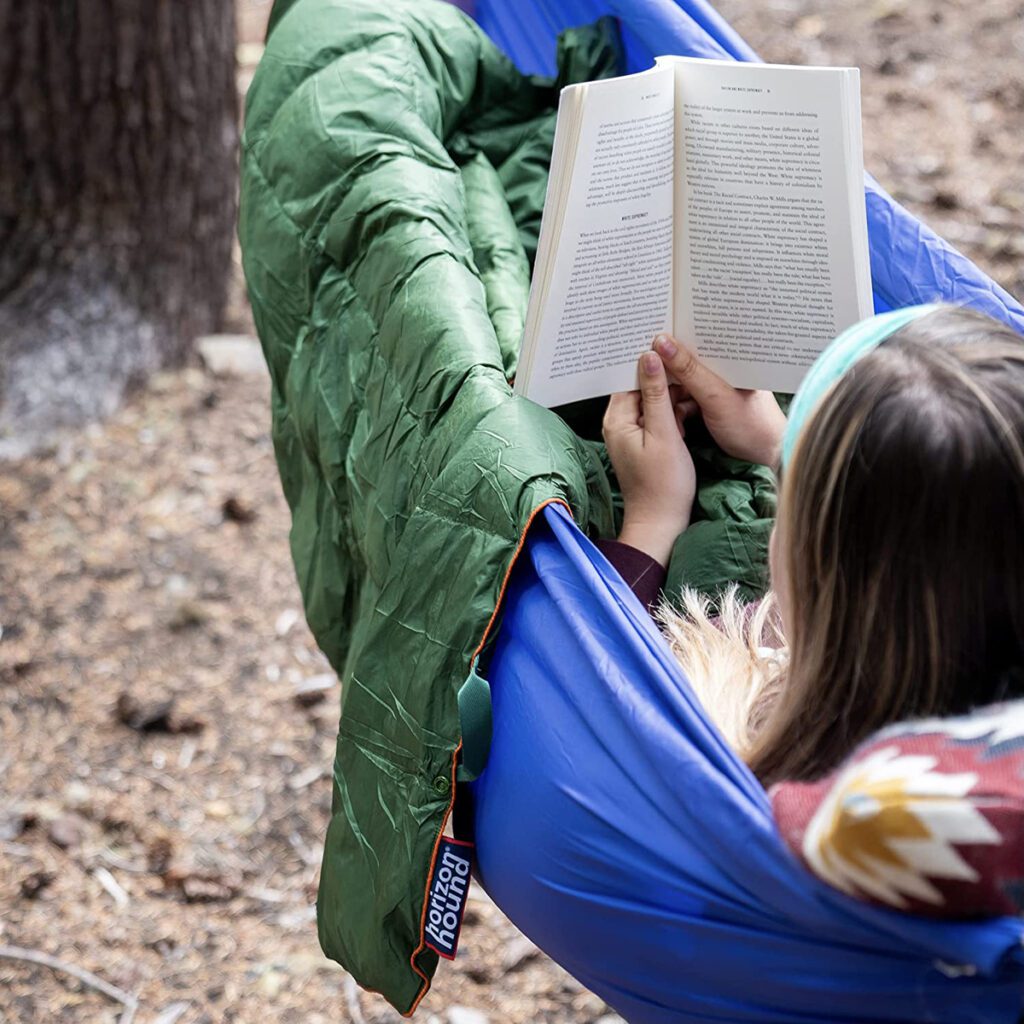

3. Sleeping Bag Liners
Sleeping bag liners are lightweight and compact sheets that can be used alone or as an extra layer inside a sleeping bag. They provide added warmth and can be a standalone sleeping option in warmer conditions.
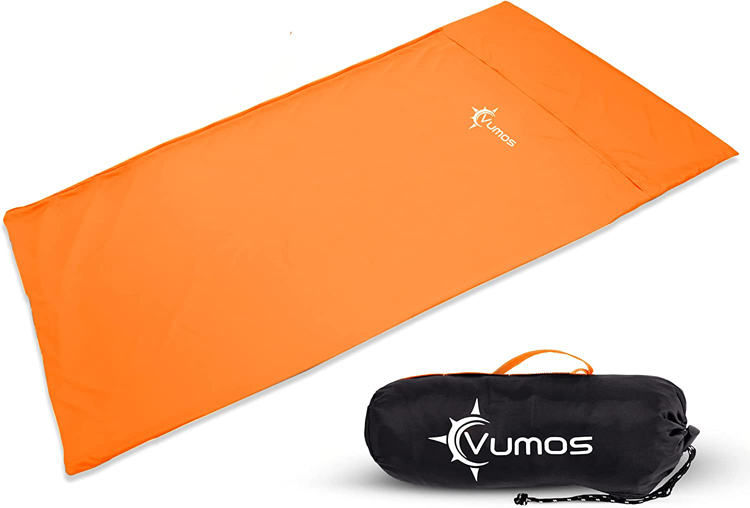

4. Hammocks
Hammocks with an under quilt or insulated pad can offer a comfortable alternative to sleeping on the ground. The under quilt provides insulation underneath the hammock while it acts as a suspended bed.
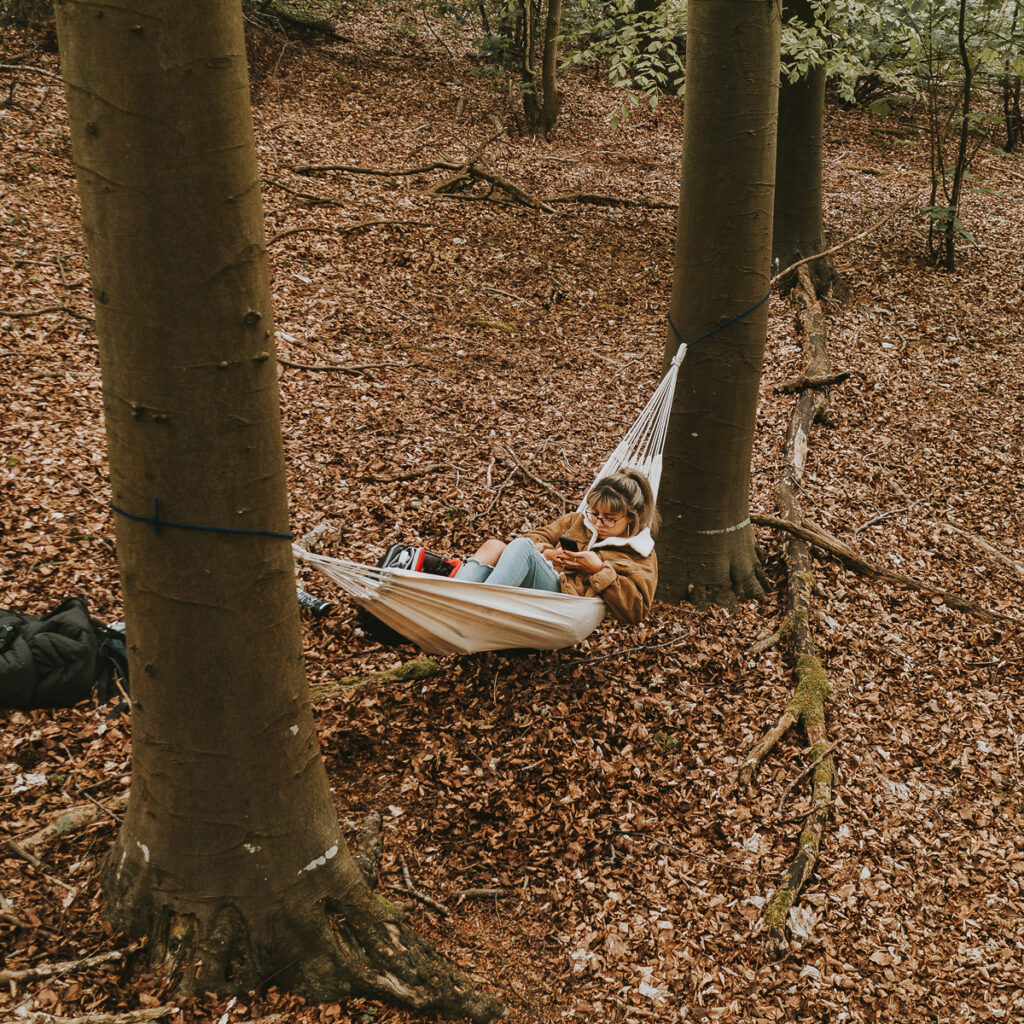

5. Bivy Sacks
Bivy sacks are waterproof and breathable shelters used as an alternative to a sleeping bag. They are lightweight but, at the same time, protect from the elements while allowing you to use your preferred bedding inside.
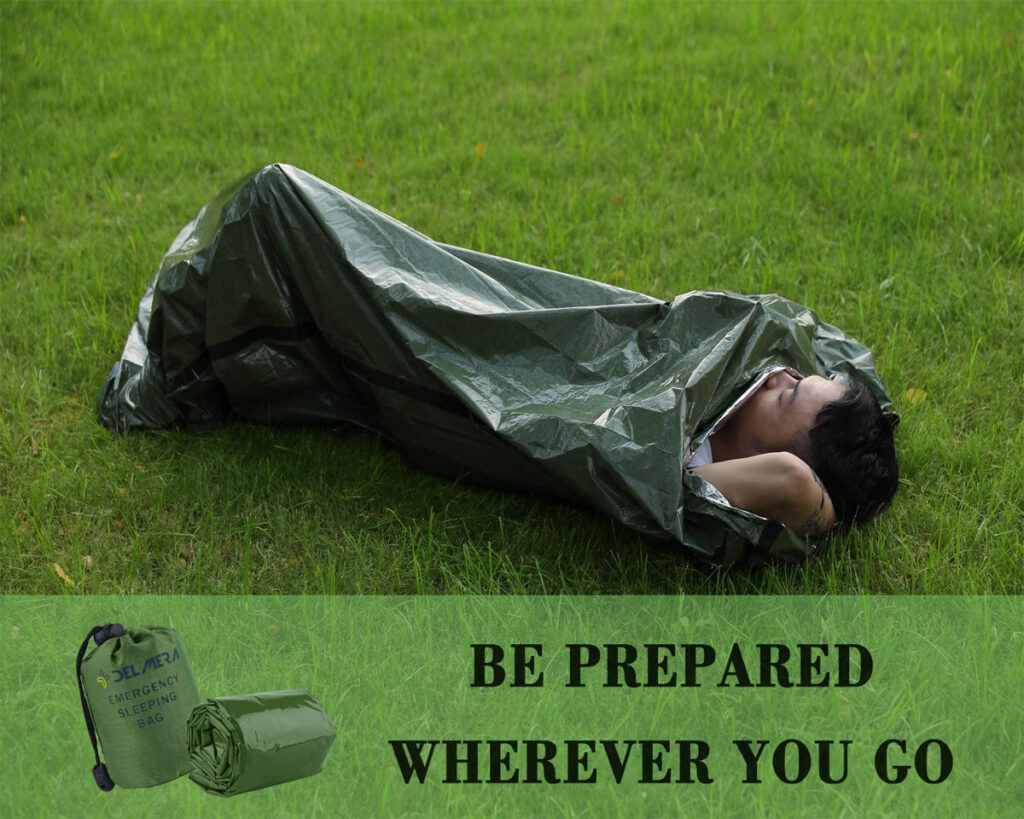

6. Camping Cots
Camping cots elevate you off the ground, providing insulation from the cold surface. Pairing a camping cot with blankets, quilts, or a sleeping pad can create a comfortable sleeping setup.
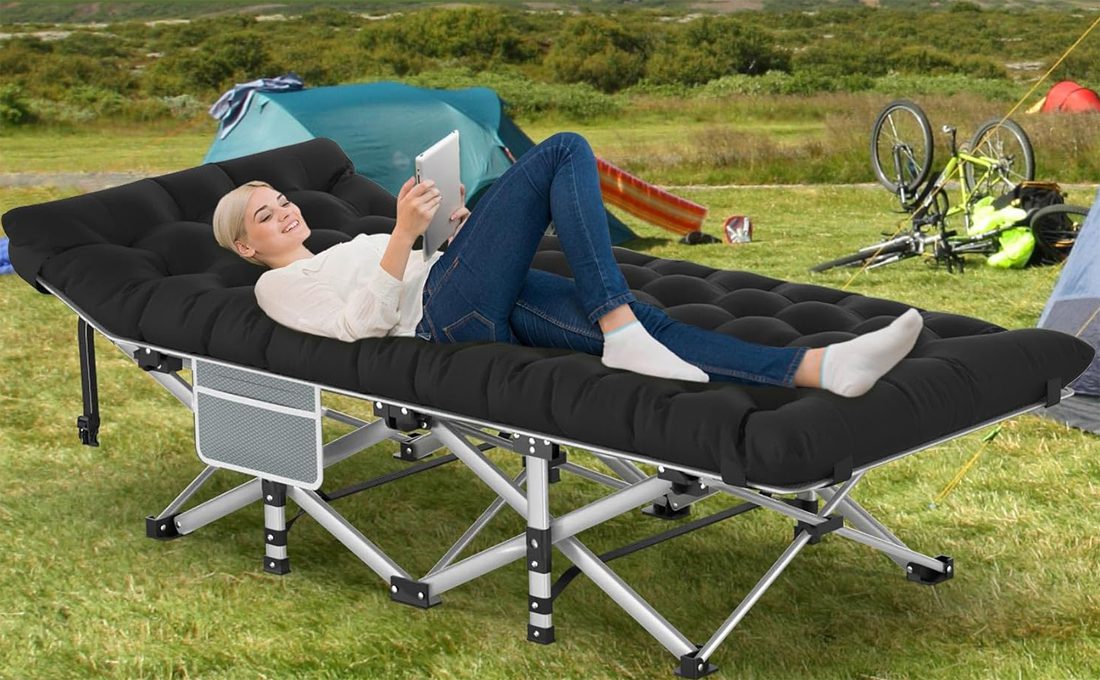

7. Camping Mats or Pads
Sleeping mats or pads, such as foam or inflatable options, provide cushioning and insulation when placed directly on the ground. Pair them with blankets or quilts for added warmth.
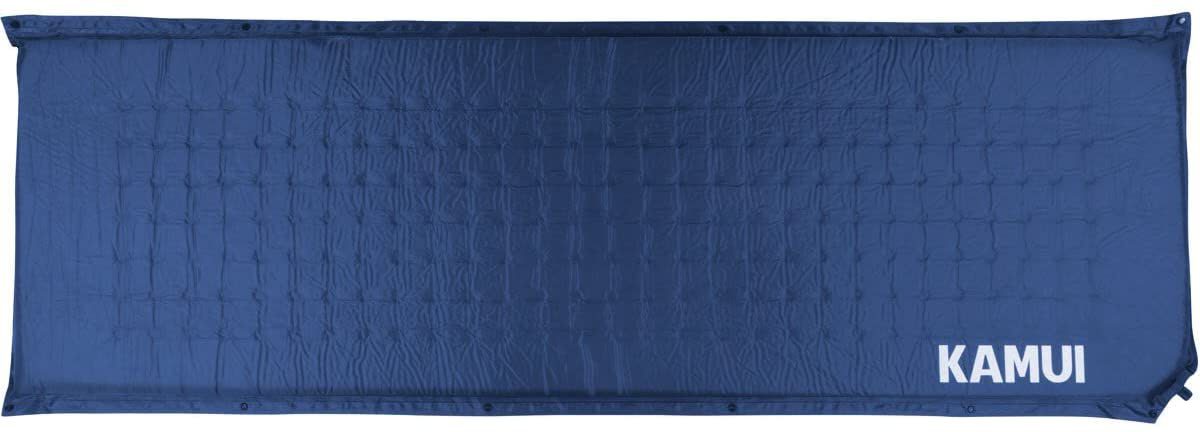

7 Camping Without Sleeping Bag Tips
Here are some additional tips for when camping without a sleeping bag:
1. Insulation is Key
Make sure you have sufficient insulation between you and the ground. This can be achieved through sleeping pads, blankets, or other insulating layers to prevent heat loss.
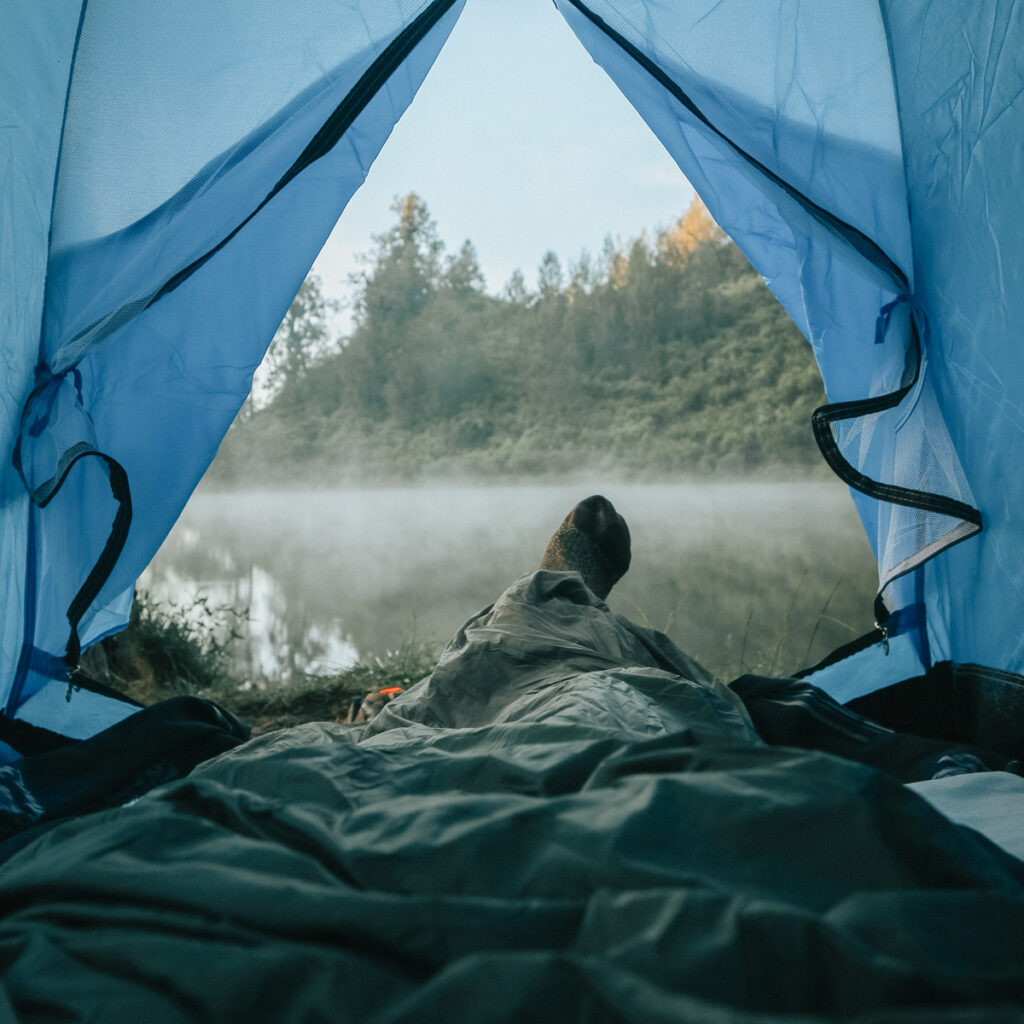

2. Layer Up
Dress in layers to regulate your body temperature throughout the night. Wear moisture-wicking base layers, followed by insulating layers like fleece or wool, and have a lightweight outer layer for added warmth if needed.
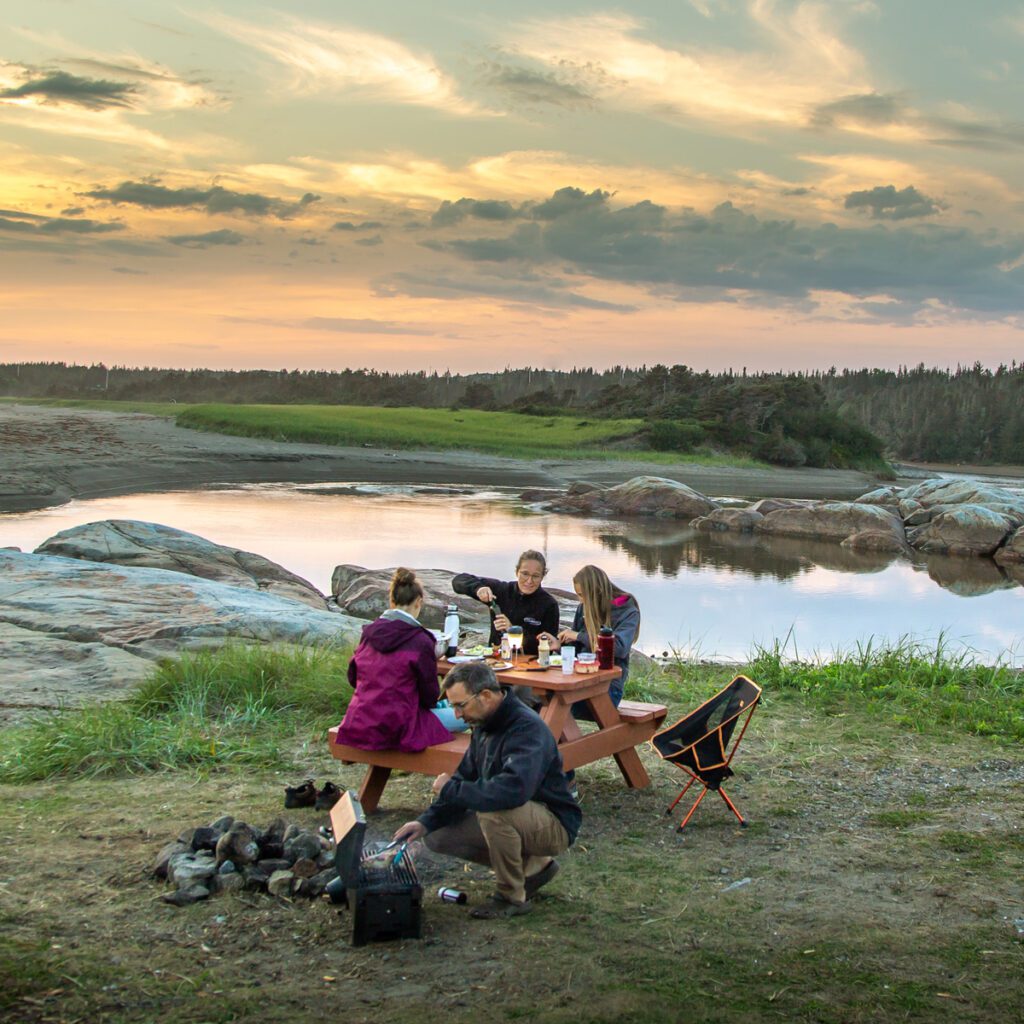

3. Consider the Sleeping Surface
Choose a comfortable and suitable sleeping surface. If you’re sleeping on the ground, clear any sharp rocks or debris and consider using a sleeping pad or camping mat for added cushioning and insulation.
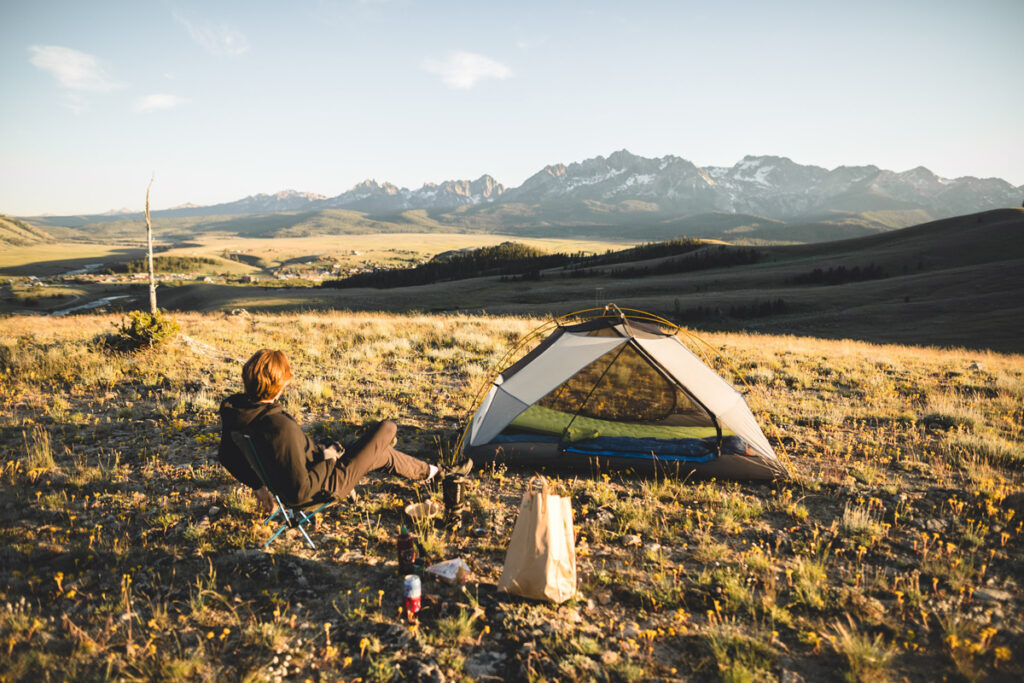

4. Shelter Selection
If camping without a sleeping bag, ensure your shelter provides adequate protection from the elements. A tent, hammock with a rain fly, or bivy sack can offer shelter and help maintain a comfortable sleeping environment.

5. Plan for Temperature Drops
Even in warmer climates, temperatures can drop significantly at night. Be prepared with additional layers or blankets to stay warm when the temperature changes.
6. Test Your Setup
Before heading out on your camping trip, try alternative sleeping arrangements at home or in your backyard. This will allow you to make any necessary adjustments or additions to your setup.
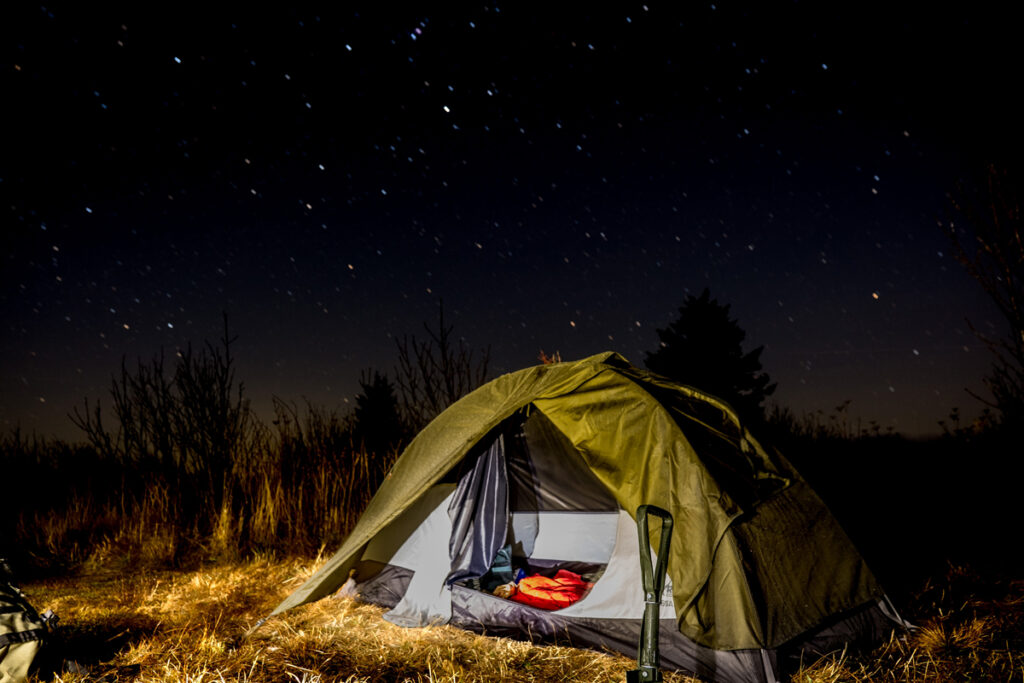

7. Stay Dry
Moisture can compromise insulation and make you feel colder. Ensure your camping equipment is waterproof, or use a tarp or groundsheet to keep moisture at bay.
Remember that personal comfort and safety should be your top priorities when camping without a sleeping bag. Consider your preferences and specific weather conditions, and adjust your sleeping setup as needed.
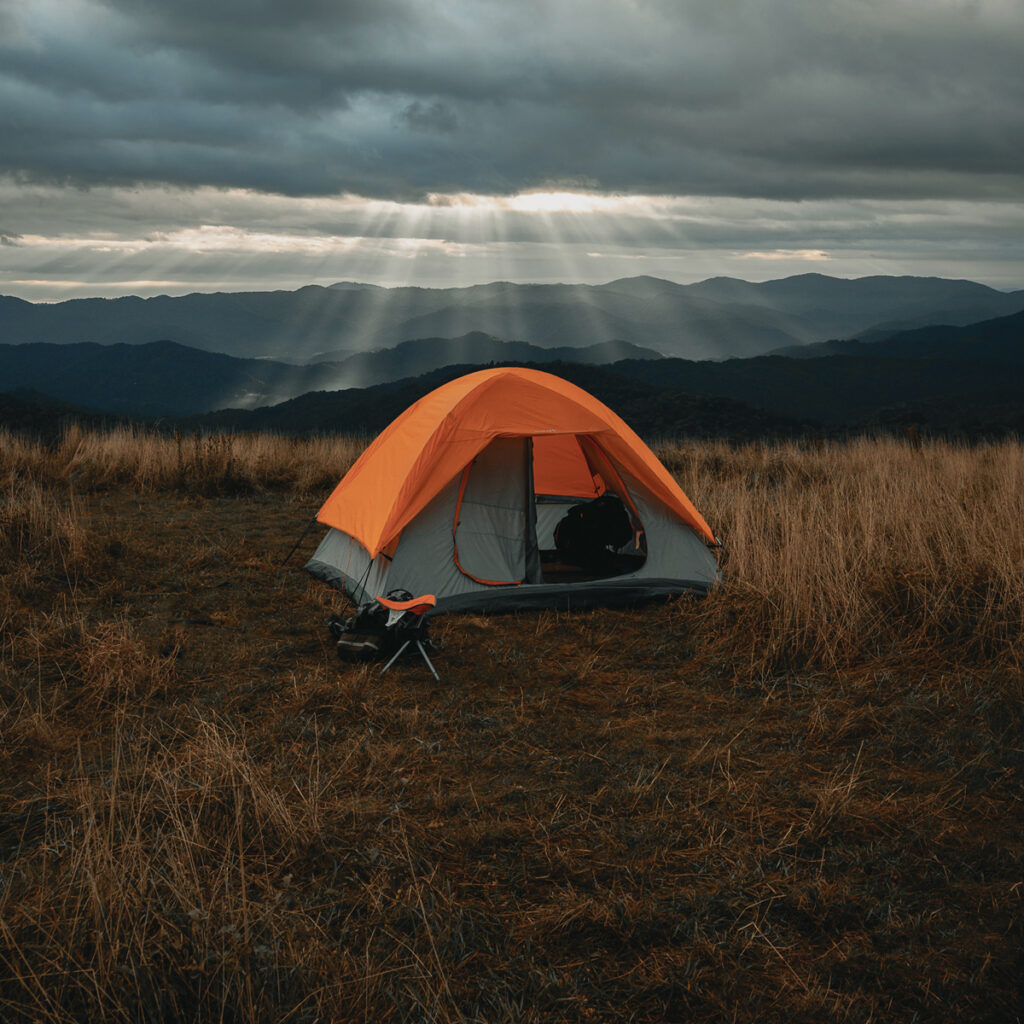

Is sleeping bag necessary for camping?
While a sleeping bag is a common and widely used piece of camping equipment, it is not always necessary for camping. The need for a sleeping bag depends on various factors such as weather conditions, camping location, personal preferences, and alternative sleeping arrangements.
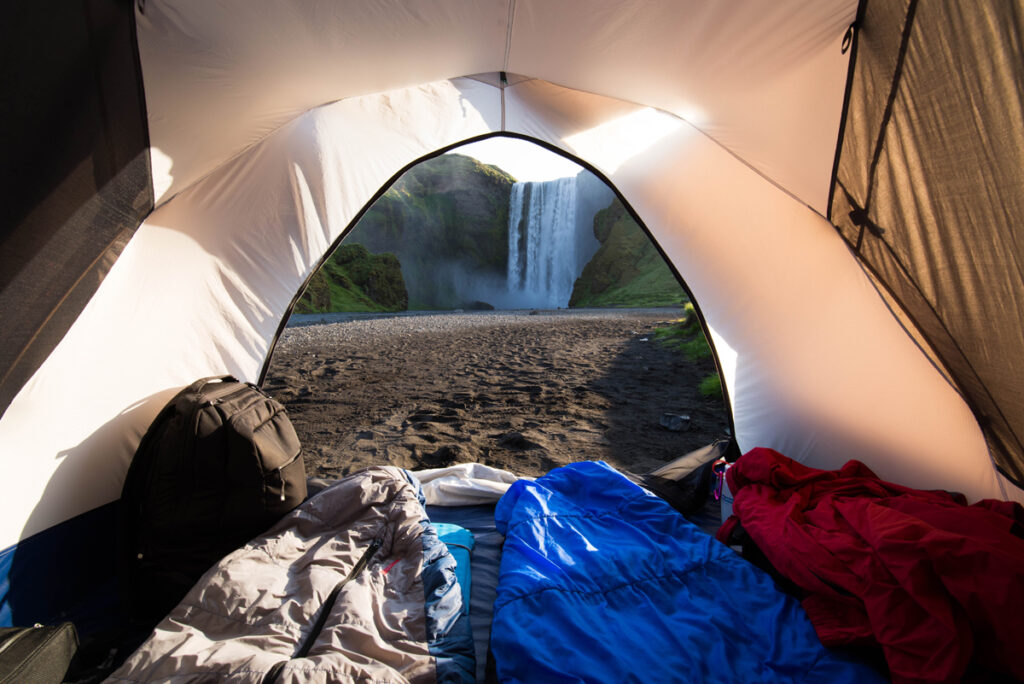

In warmer climates or during summer camping trips, a sleeping bag may be too warm and bulky, making alternatives like blankets, quilts, or sleeping pad combinations more suitable. However, a sleeping bag provides essential insulation and warmth in colder climates or during colder seasons.
What temperature can you sleep without a sleeping bag?
Generally, for mild to warm temperatures (above 60°F or 15°C), sleeping without a sleeping bag is feasible using alternative insulation methods such as blankets, quilts, or sleeping bag liners.
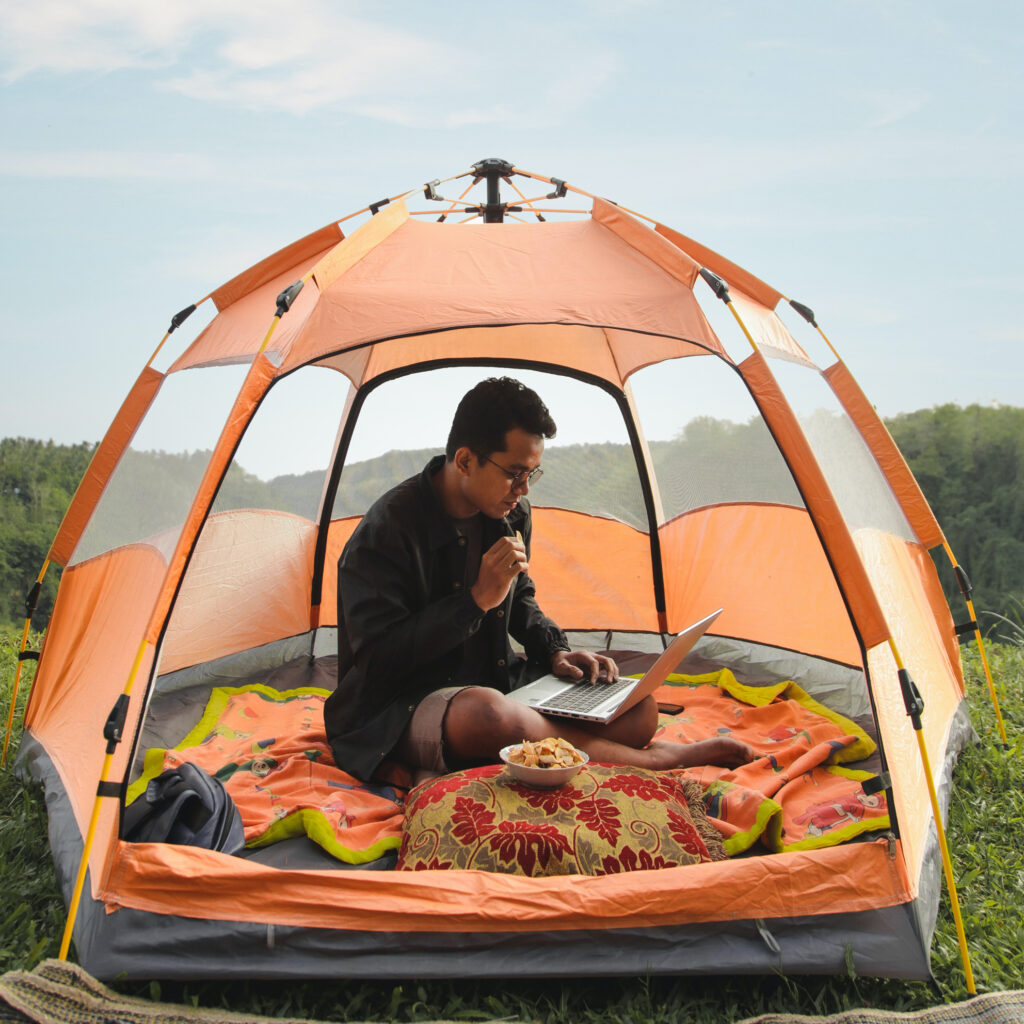

The temperature range at which you can sleep comfortably and without a sleeping bag varies depending on several factors, including your tolerance to cold, the available insulation, and the overall conditions. However, as temperatures drop, it becomes increasingly important to have proper insulation to stay warm throughout the night.
Conclusion
In conclusion, camping without a sleeping bag is possible by utilizing alternative insulation methods such as blankets, quilts, sleeping bag liners, or sleeping pads. The feasibility of camping without a sleeping bag depends on the temperature, personal tolerance to cold, and the effectiveness of the chosen insulation. Consider the weather conditions, select appropriate options, and ensure adequate insulation to stay comfortable and warm throughout the night.


